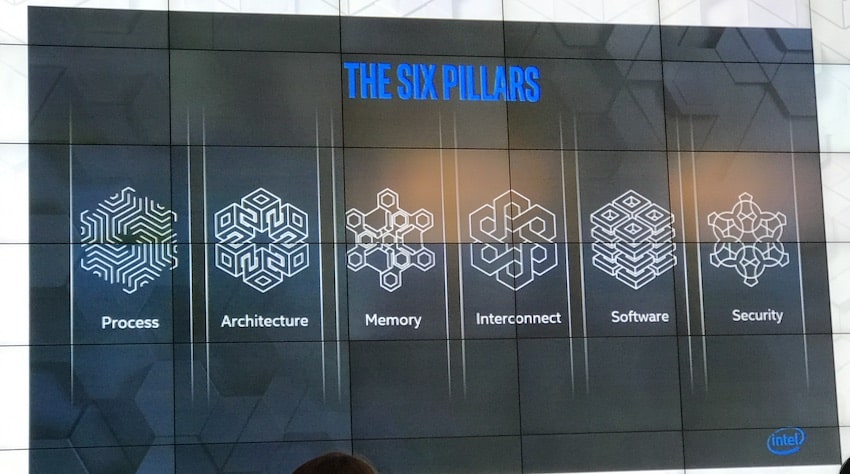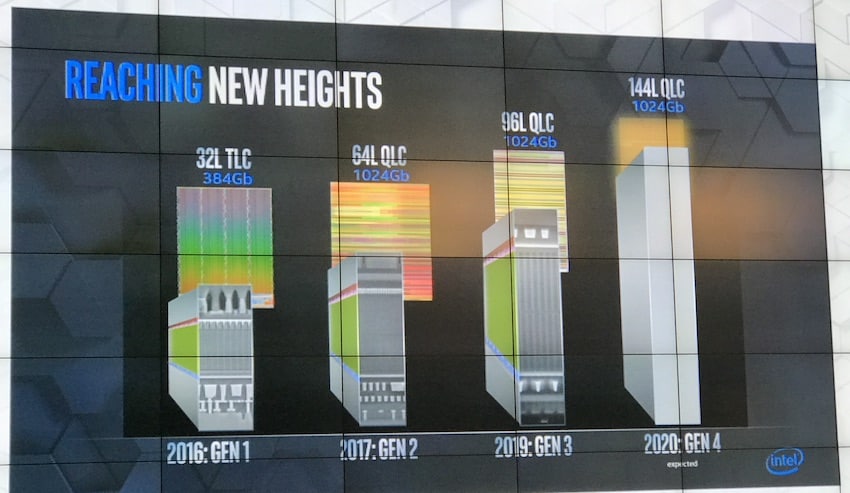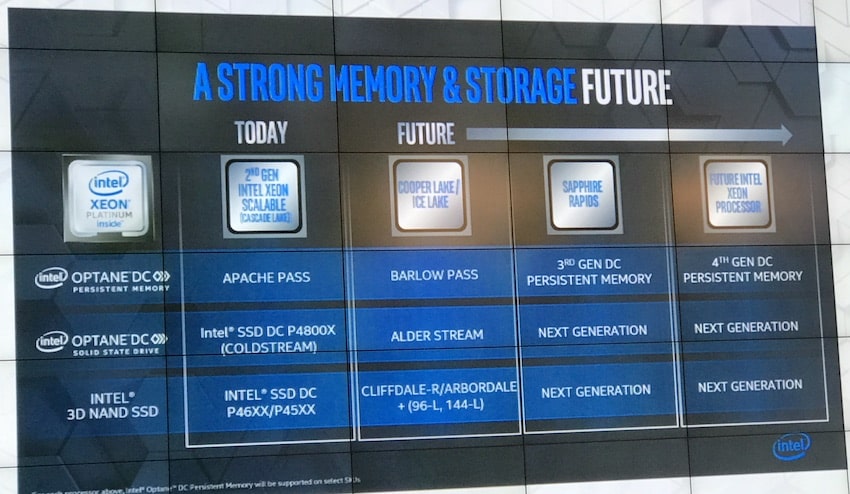
Today in Seoul, South Korea, Intel held its Memory & Storage day, inviting StorageReview on site. The main focus of the show was for the company to showcase some of the milestones that its Optane technology has been able to hit since it was released. Though, there were a handful of new announcements along the way both for Optane as well as other storage technology including 144-Layer 3D NAND.
Mainly Intel focused on its Optane technology. The company offers Optane in a memory module, an SSD, and as an addition to QLC to make a higher performant, lower cost drive. Intel has enjoyed some time in the persistent memory market with no real competitor but it intends to innovate and improve the product regardless. Optane, in its various forms, has been filling gaps in the storage landscape, most notably between memory and storage. As storage needs and workloads evolve, filling these gaps will become increasingly important.
For announcements, Intel announced it plans to operate a new Optane technology development line at its facilities in Rio Rancho, New Mexico. Intel announced a second-generation of Intel Optane DC Persistent Memory, code-named “Barlow Pass,” scheduled for release next year (Intel simply stated that it will be better in every way, but didn’t really get into any actual details). Intel also demonstrated its new QLC NAND that jumped form 96-Layers to 144-Layers and got a nice performance boost to boot. Along with this the company unveiled its new 665P QLC drive, an updated of its 660P.
Looking to the future, Intel spoke briefly about its next generation Optane DC SSD codenamed Alder Stream. While the details were light, they did state that the new technology would have extremely low latency, even compared to existing Optane DC SDDs, and showed performance off of the current charts. The 3D NAND non-Optane drives will soon see an update leveraging the new 144-Layer 3D NAND code named Arbordale.
Finally, Optane DC Persistent Memory is currently used in servers. Intel was demoing a workstation that leveraged PMEM with the potential to see PMEM added to client devices in the near future.
Sign up for the StorageReview newsletter




